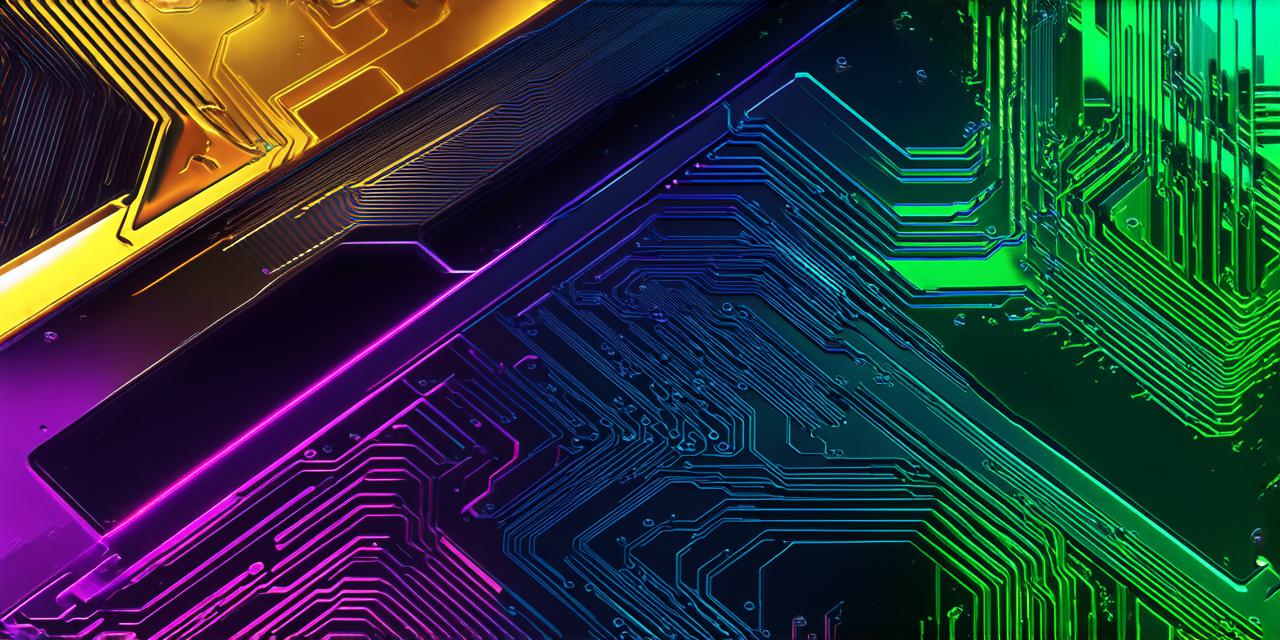Welcome, fellow Unity developers! Today, we embark on an exciting journey into the realm of creating breathtaking 3D animated objects within Unity.
Why Animate in Unity?
Unity, a versatile game engine, offers an intuitive interface for animating 3D objects. Its robust physics engine and seamless integration with C scripting make it an ideal choice for developers seeking to create engaging, interactive experiences.
Getting Started: The Animation Timeline
The first step is familiarizing yourself with the Animation Timeline. This powerful tool allows you to control the movement, rotation, and scaling of your 3D objects over time.
Creating Animation Clips
To create an animation clip, follow these steps:
- Select your object in the scene.
- Navigate to the Animation window and click on Create > Animation.
- Record your animation by moving, rotating, or scaling your object while the record button is active.
- Save your animation clip for future use.
Bringing Animations to Life: Animation Controllers
Animation Controllers are used to control multiple animation clips and transition between them seamlessly. They can be customized using parameters, making your animations more dynamic and responsive.
Mastering Keyframes
Keyframes are essential in creating smooth and realistic animations. By setting keyframes at specific points in time, you can control the speed and direction of an object’s movement.
Bending Reality: Blend Trees and State Machines
Blend Trees and State Machines take your animations to the next level by allowing for smooth transitions between multiple animations based on input or conditions. This results in more realistic and immersive experiences.
Optimizing Your Animations
To ensure smooth performance, it’s crucial to optimize your animations. Techniques such as baking animations, using compression tools, and minimizing the number of bones can help reduce the memory footprint of your animations.
Bringing It All Together
With these tips in mind, you are now equipped to create stunning 3D animated objects within Unity. Remember, practice makes perfect, so don’t be afraid to experiment and iterate on your creations.
FAQs
1. What tools does Unity provide for animating 3D objects?
– The Animation Timeline, Animation Clips, Animation Controllers, Blend Trees, and State Machines are some of the key tools provided by Unity for animating 3D objects.
2. How can I optimize my animations in Unity?
– Optimizing your animations involves techniques such as baking animations, using compression tools, and minimizing the number of bones to reduce the memory footprint of your animations.
